Category: chemistry
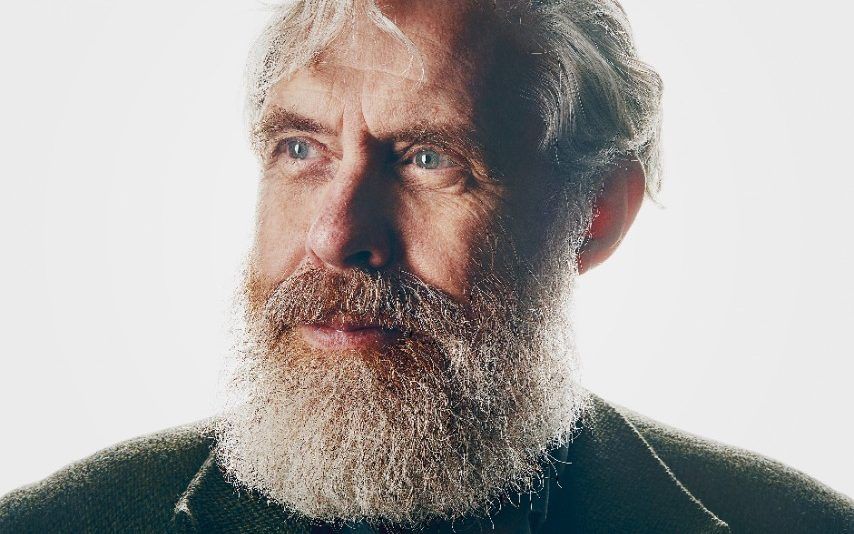
This Harvard scientist wants your DNA to wipe out inherited diseases — should you hand it over?
Imagine a future where an online dating app doesn’t just match you to potential partners who meet your preferences for age, height and fondness for pinot noir, but to those with whom you’re genetically compatible. Not so much people you’re likely to have physical chemistry with – apps that make dubious claims to do that on the basis of a cheek swab already exist – but those with whom you won’t pass on a devastating genetic disease to your children.
It’s not sexy stuff; certainly not first-date conversation. Most people only discover that they’re among the four per cent who carry the same recessive genetic mutation for a rare condition, such as cystic fibrosis or Tay-Sachs, as their partner when their baby is born with it – or dies from it.
True, couples could find out their genes don’t mix after they’ve decided to have a baby and before they start trying – but how heartbreaking would that be, once they’re already in love? Far simpler never to meet in the first place, and simply to pick from the other 96 per cent with whom they can mate with abandon.
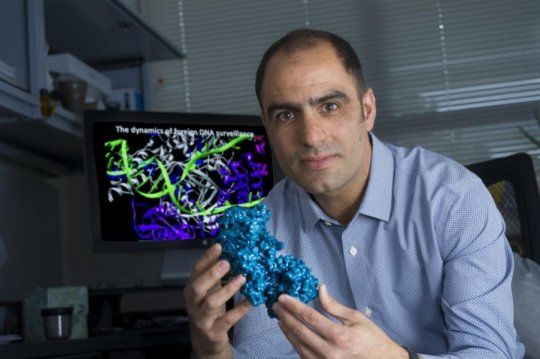
New understanding of sophistication of microbial warfare
Scientists have known for a century that viruses attack and sometimes kill bacteria, much the way humans come down with the flu. But only recently have they begun to understand the biochemistry that happens as bacteria and virus strive for competitive advantage, with far-reaching implications for medicine and more.
Researchers explain how viruses make a molecular decoy that is used to subvert the CRISPR-Cas bacterial immune system.
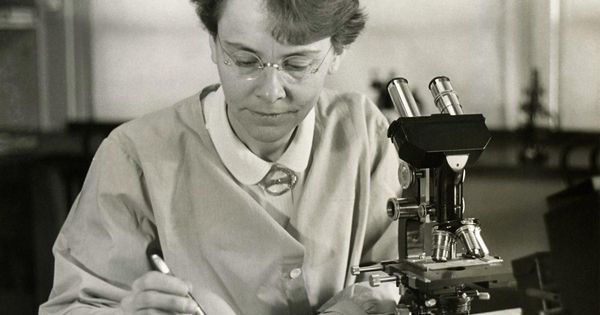
Women Who Changed Science: A New Lens On Inspiring Female Nobel Prize Winners
As a passionate supporter of the advancement of women and recognition for their immense contributions to our world, I was thrilled to learn of a fascinating new initiative that launched today, in honor of International Women’s Day and Women’s History Month. This unique AI-powered web experience called Women Who Changed Science highlights the achievements of female Nobel Prize winners who broke new ground in physics, chemistry and medicine. Raising awareness of their tremendous impact, the initiative aims to empower the next generation of scientists.
Women Who Changed Science is an outgrowth of a new collaboration with Nobel Media and Microsoft and is one of Microsoft’s ongoing initiatives to build female inclusion and diversity in STEM fields. This new endeavor trains a lens on the inspiring journeys and contributions of female Nobel Prize winners who’ve significantly impacted our world for the better.
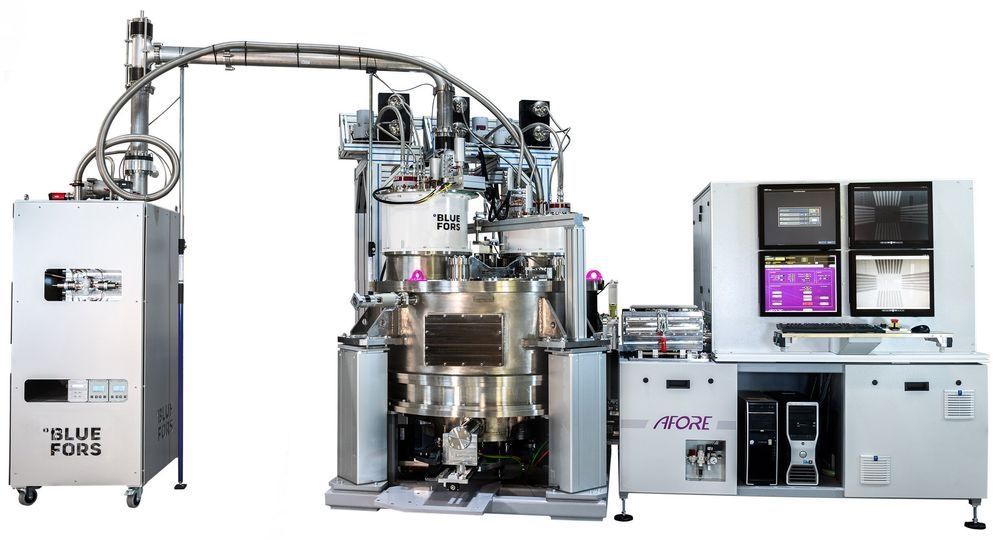
Quantum computing: Testing qubits has been put in a faster lane
A way to speed up quantum computer tech progress has arrived from Intel. If you are interested in following the waves and advances in quantum computing, then get familiar with this word trio: Cryogenic Wafer Prober. Before their design, the electrical characterization of qubits was slower than with traditional transistors. Even small subsets of data might take days to collect.
Drug development. Chemistry. Climate change. Financial modeling. Scientists in all areas look forward to more advancements to push quantum computers to the frontlines. Speeding progress could also mean speeding up advancements in science and industry.
“Quantum computing, in essence, is the ultimate in parallel computing, with the potential to tackle problems conventional computers can’t handle,” said Intel.
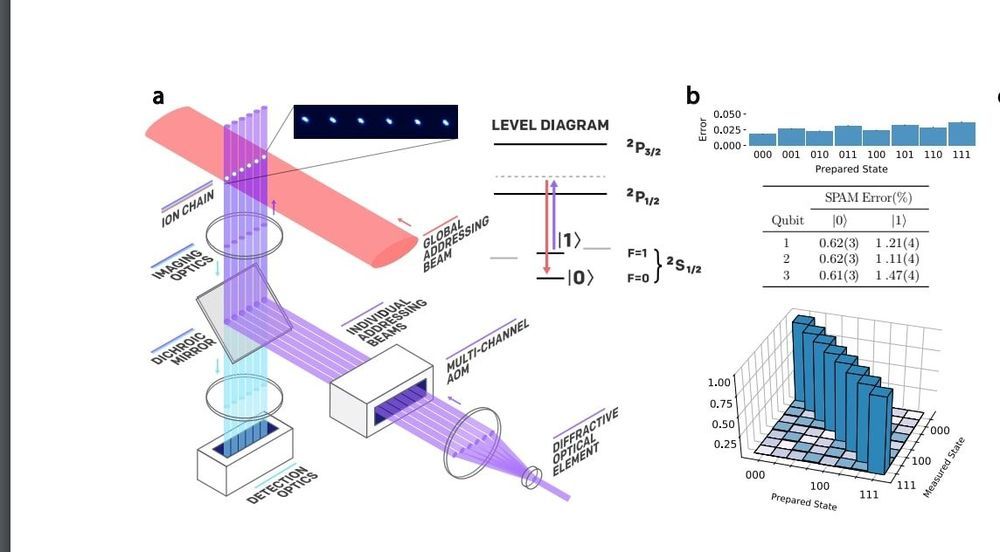
Progress Towards Using Quantum Computers for Solving Quantum Chemistry and Machine Learning
IonQ used its trapped-ion computer and a scalable co-design framework for solving chemistry problems. They applied it to compute the ground-state energy of the water molecule. The robust operation of the trapped ion quantum computer yields energy estimates with errors approaching the chemical accuracy, which is the target threshold necessary for predicting the rates of chemical reaction dynamics.
Quantum chemistry is a promising application where quantum computing might overcome the limitations of known classical algorithms, hampered by an exponential scaling of computational resource requirements. One of the most challenging tasks in quantum chemistry is to determine molecular energies to within chemical accuracy.
At the end of 2018, IonQ announced that they had loaded 79 operating qubits into their trapped ion system and had loaded 160 ions for storage in another test. This new research shows that they are making progress applying their system to useful quantum chemistry problems. They are leveraging the trapped-ions system longer stability to process many steps. The new optimization methods developed for this first major quantum chemistry problem can also be used to solve significant optimization and machine learning problems.
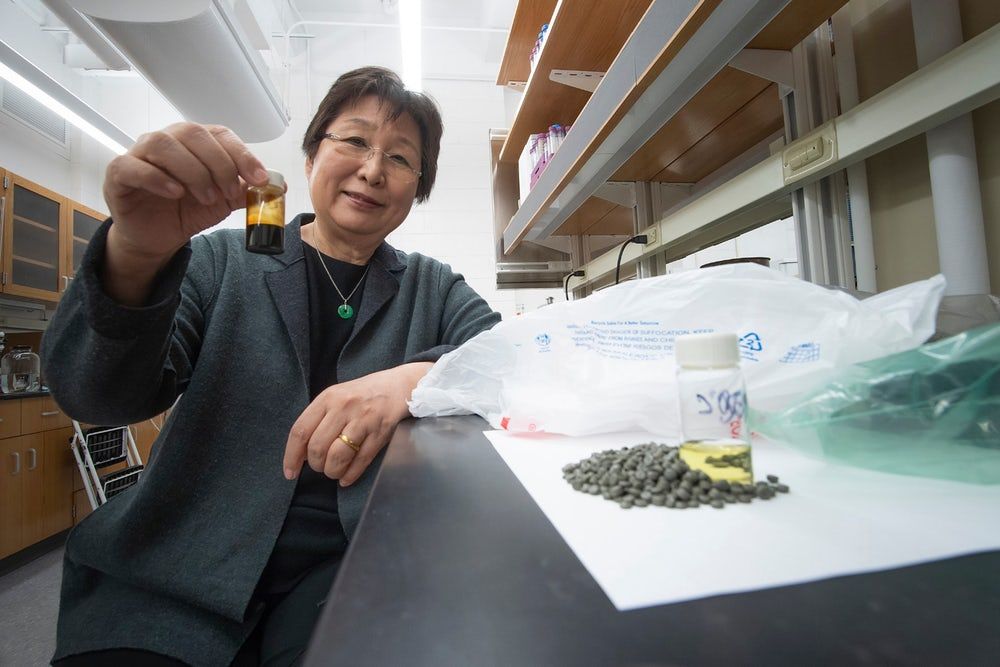
A new chemical process could turn a quarter of our plastic waste into clean fuel
A new chemical process could turn about 90% of the world’s grocery bags, shrink wrap, and other polypropylene waste into clean fuel.
Grocery bags and other trash could be melted down to yield useful products like oil and gas.
The problem: The world’s landfill sites and oceans are being flooded with plastic. A mere 9% of the 8.3 billion tons of plastic produced over the last 65 years has been recycled, according to the United Nations. Over eight million tons of plastic flow into our oceans every year, harming wildlife.
How it works: The technology works on polyolefin waste, the sort of plastic used for grocery bags, toys, and shrink wrap. This sort of plastic accounts for about 23% of plastic waste, according to researchers who describe the process in a paper published in Sustainable Chemistry and Engineering. The new technique uses a process called hydrothermal liquefaction, in which very high temperatures melt pellets of polyolefin and then dissolve them in water. The by-products of this process are oil, gas, or solvents.
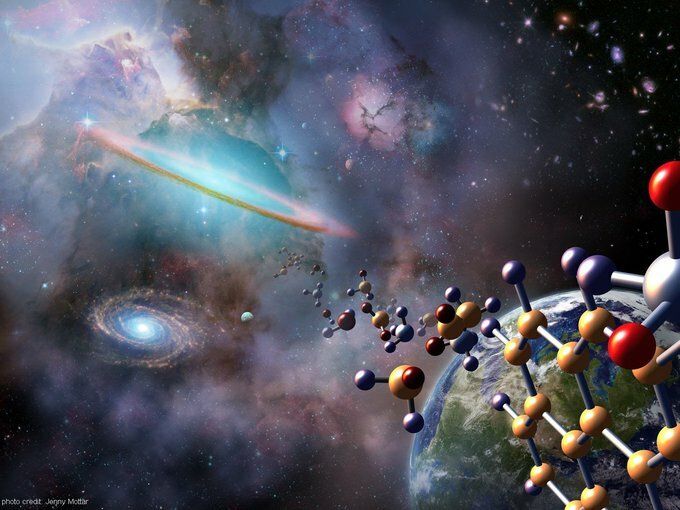
Cleaning up the clutter: How proto-biology arose from the prebiotic clutter
‘’We find selection rules driving interactions in chemistry as a result of environmental conditions; or emergent properties such as catalytic activity, self-assembly and self-replication; or even as a result of the specifics of chemical reactions.’’
Just like the mythical creation stories that depict the formation of the world as the story of order from chaos, the early Earth was home to a chaotic clutter of organic molecules from which, somehow, more complex biological structures such as RNA and DNA emerged.
There was no guiding hand to dictate how the molecules within that prebiotic clutter should interact to form life. Yet, had those molecules just interacted randomly then, in all likelihood, that they would never have chanced upon the right interactions to ultimately lead to life.
“The question is, out of all the random possibilities, are there any rules that govern these interactions?” asks Ramanarayanan Krishnamurthy, an organic chemist at the Scripps Research Institute in California.